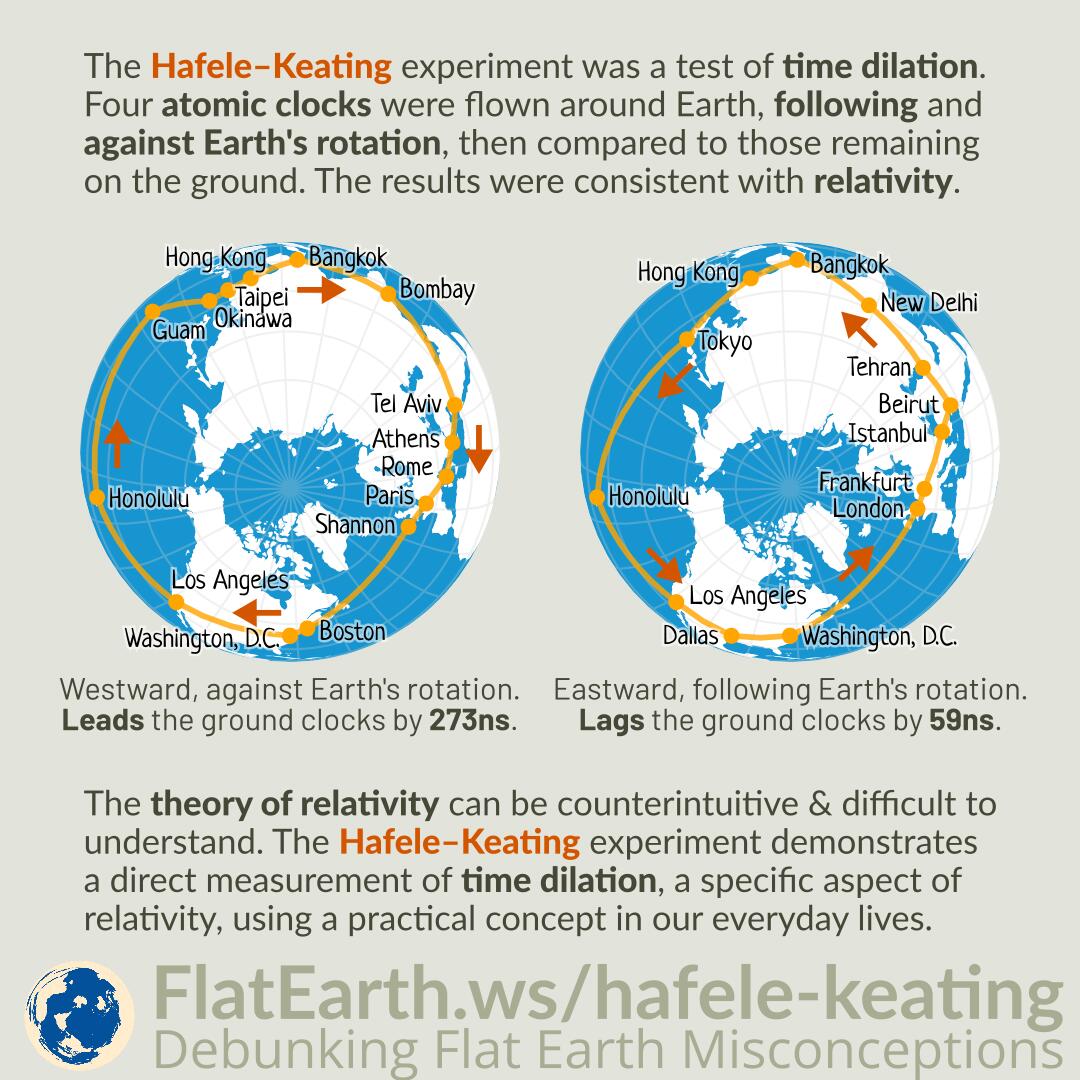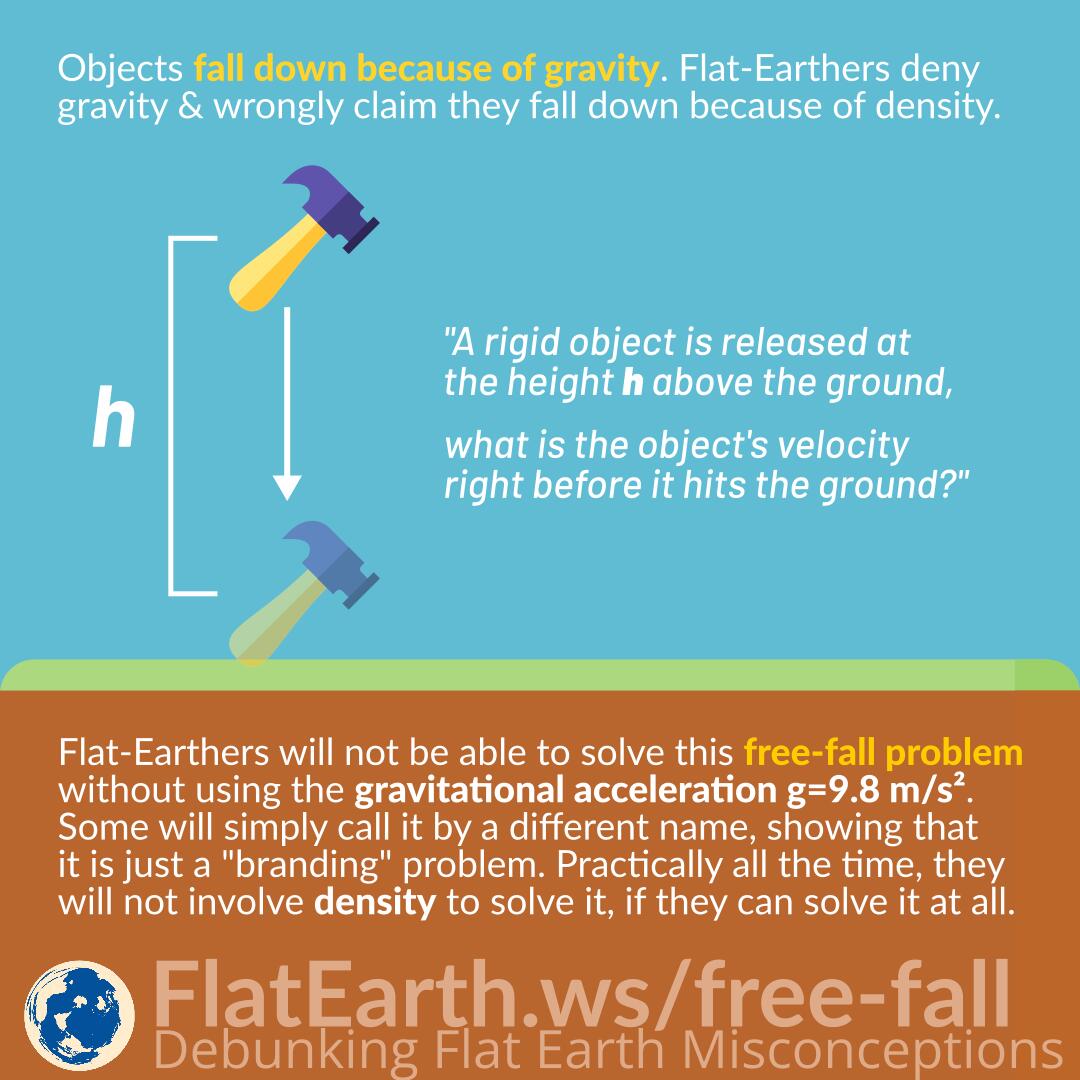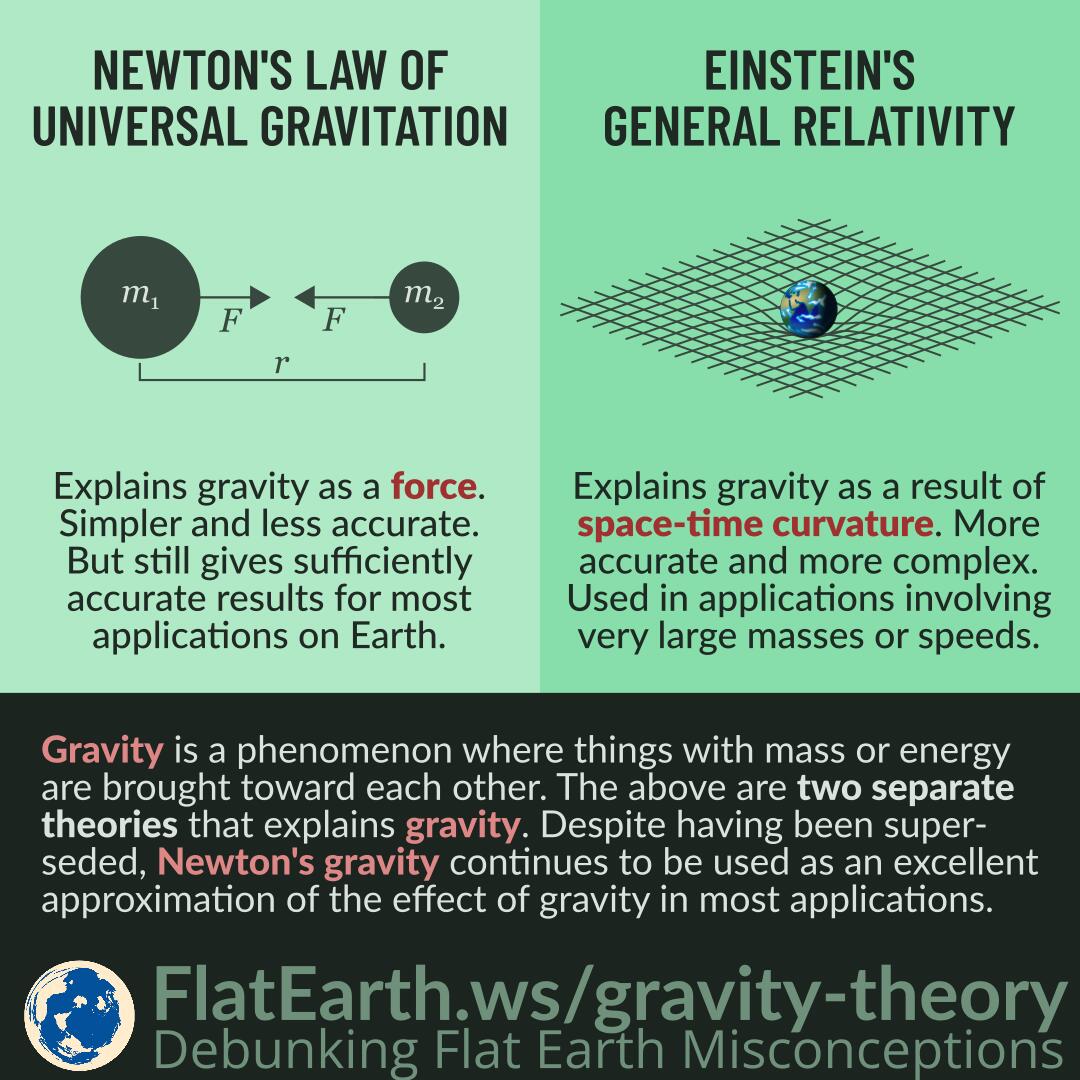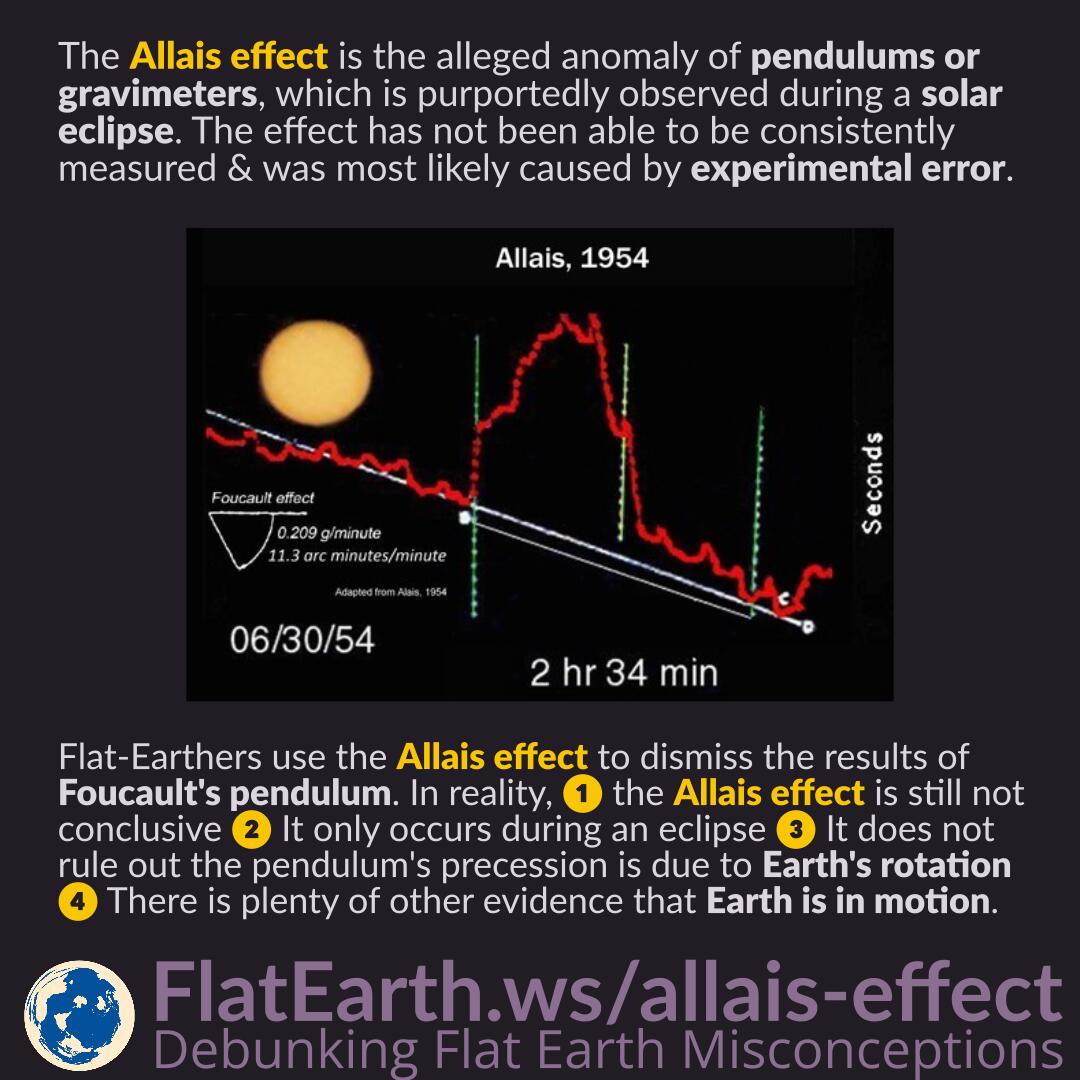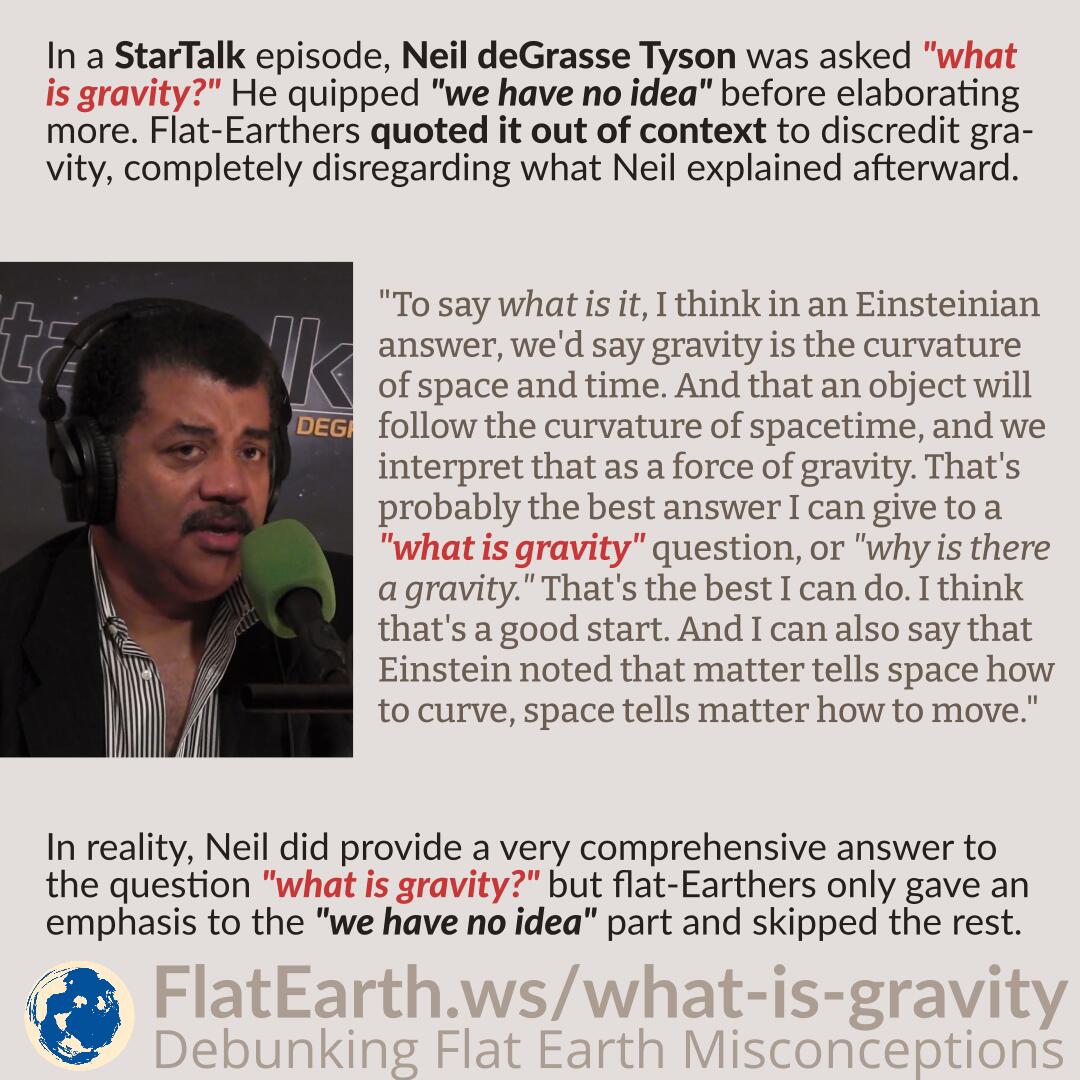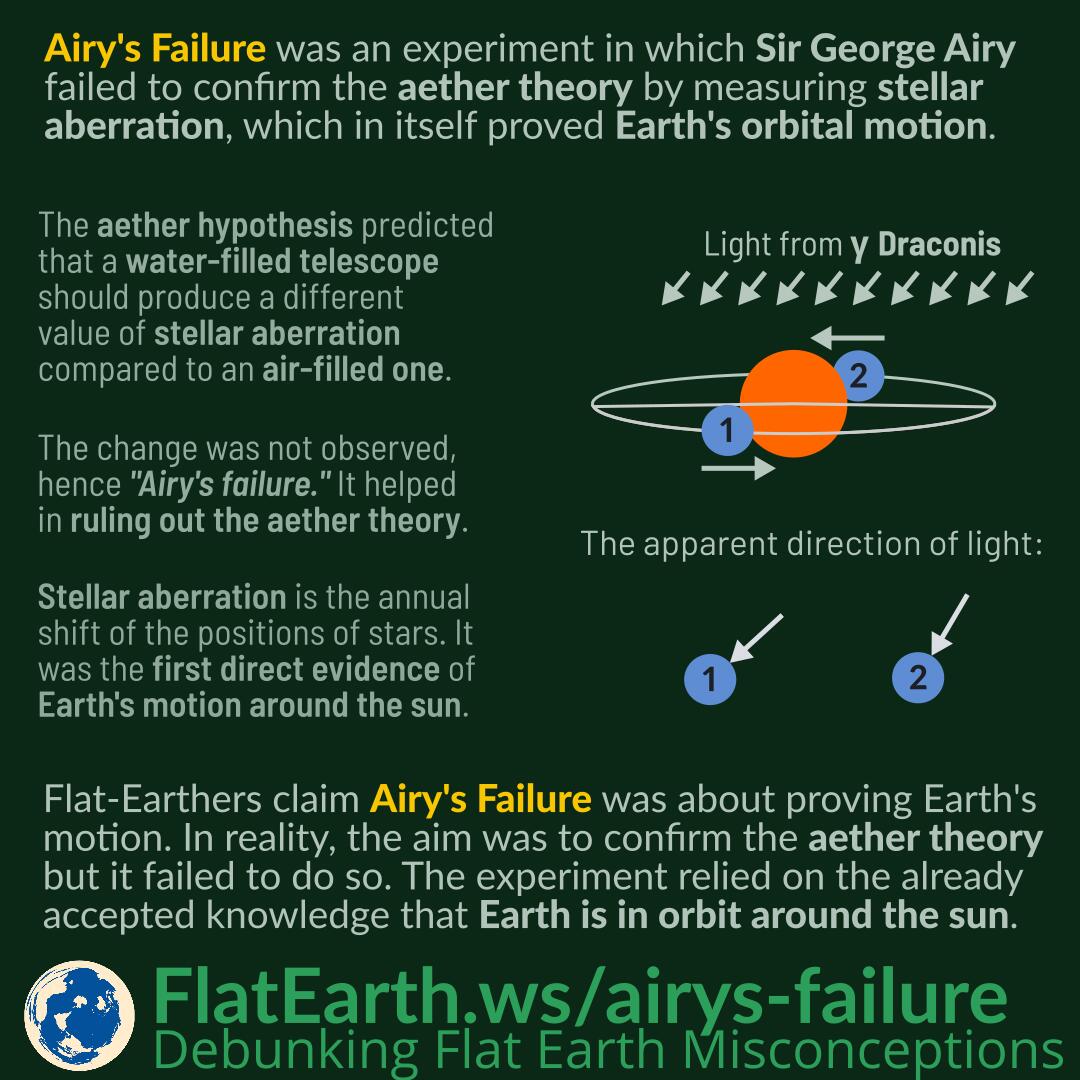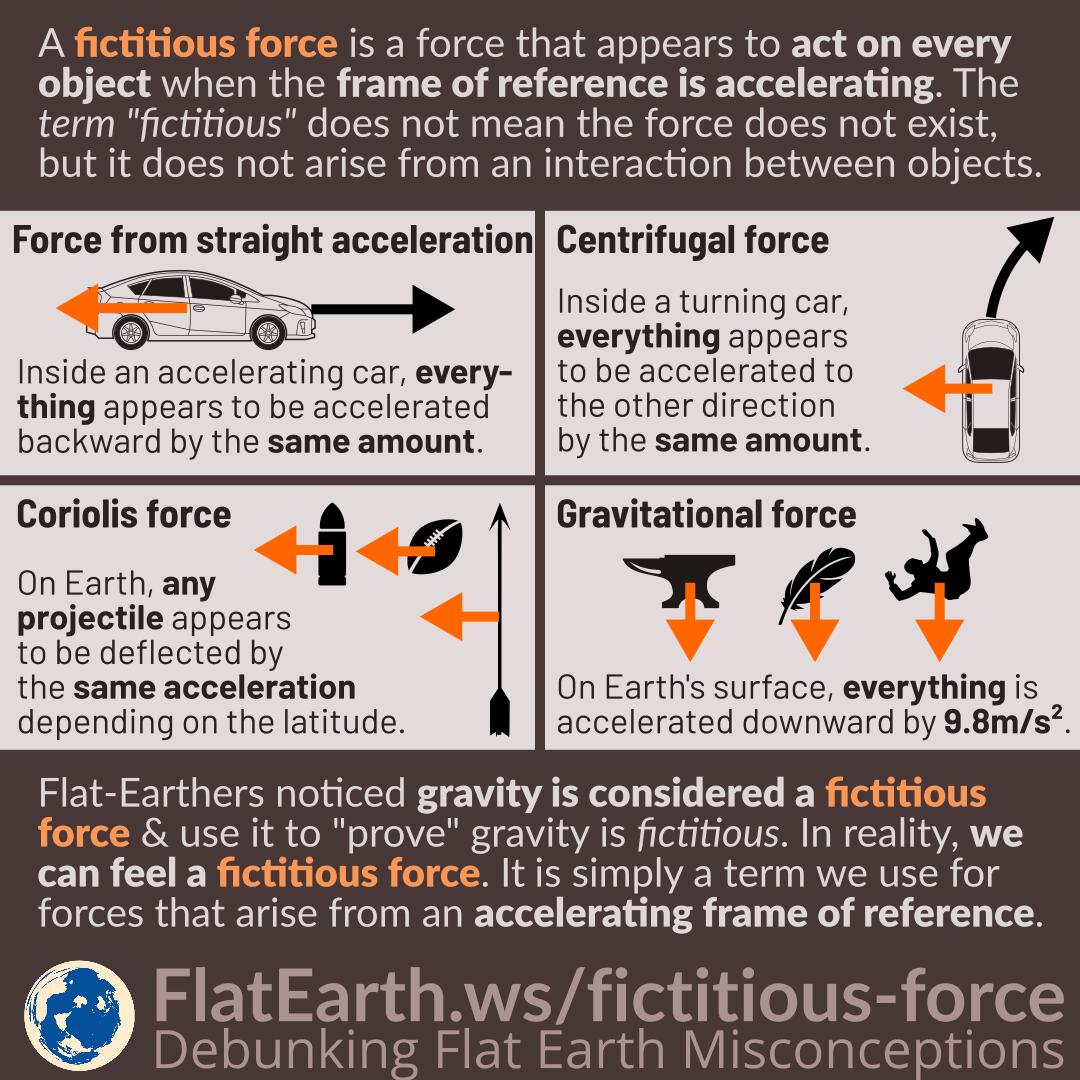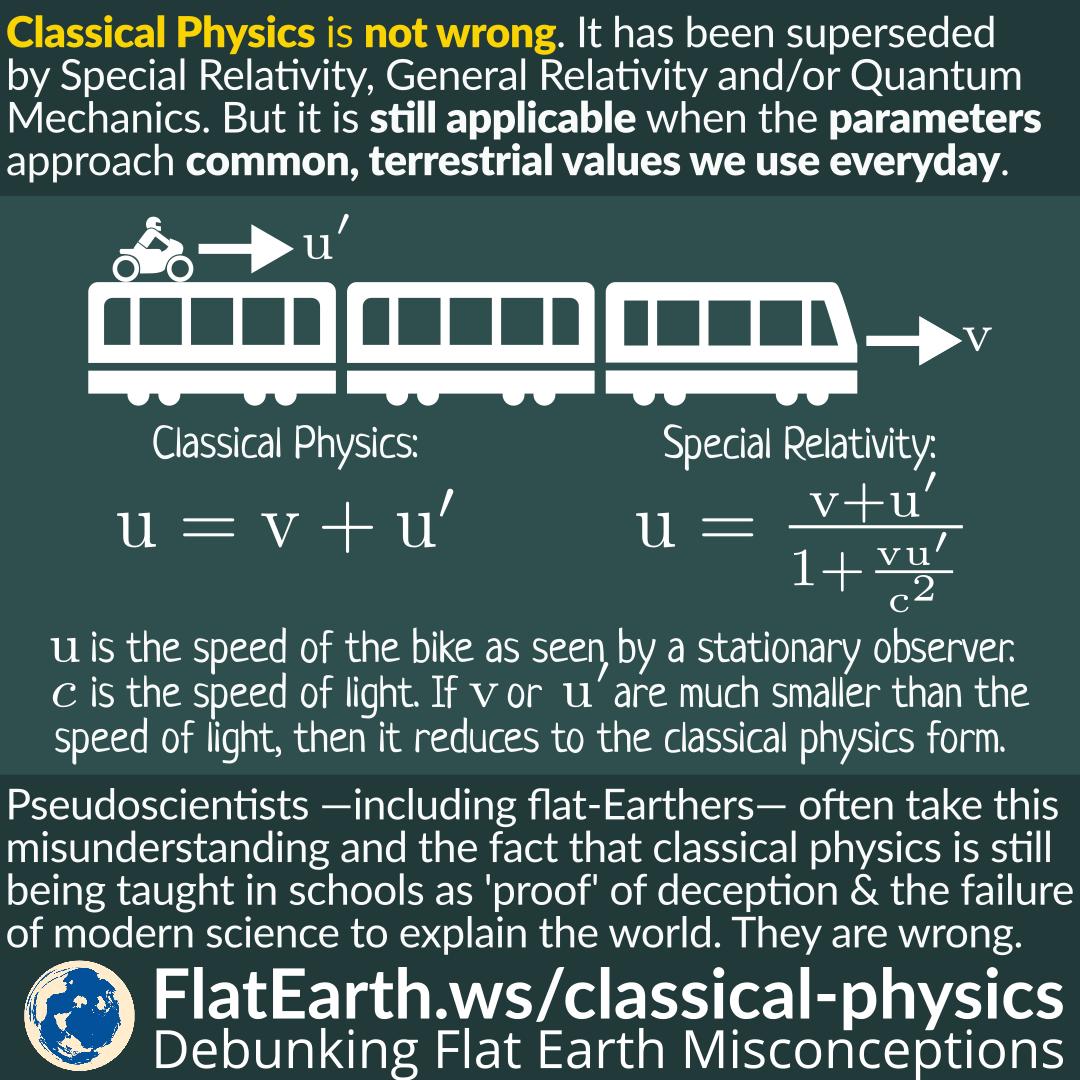The Sagnac effect occurs to a pair of light beams traveling in a circuit in the opposite direction. If the circuit itself is rotating, then the beams will complete the circuit in different duration. The effect was first demonstrated by Georges Sagnac in 1913.
After discovering this effect, Sagnac incorrectly used the results as proof of the aether’s existence, and today’s flat-Earthers use it as “evidence” of stationary Earth. In reality, Sagnac was not aware that the effect is consistent with Einstein’s theory of relativity. And if the effect really proved aether, then optical gyroscopes are impossible.
The Sagnac effect is used as the basis of optical gyroscopes, including fiber-optic gyroscopes and ring-laser gyroscopes. In an optical gyroscope, a pair of light beams are made to travel in a circuit in the opposite direction. Because light travels at a constant speed, irrespective of the transmitter’s speed, then if the gyroscope is rotated, a beam of light will complete the circuit sooner than the other. From the difference, we can measure the rotating motion of the gyroscope.
References


